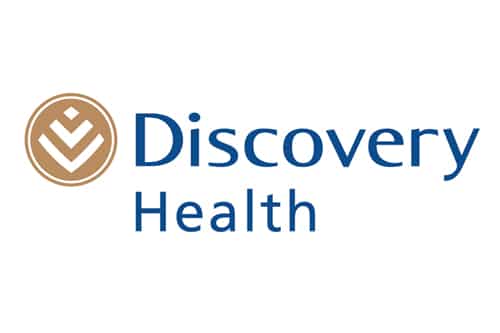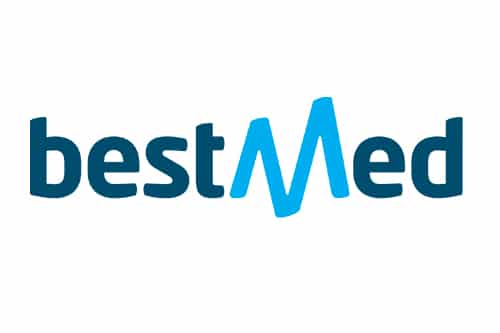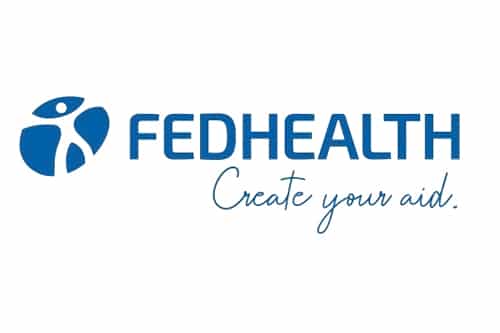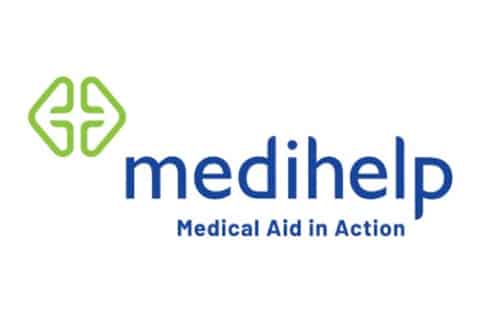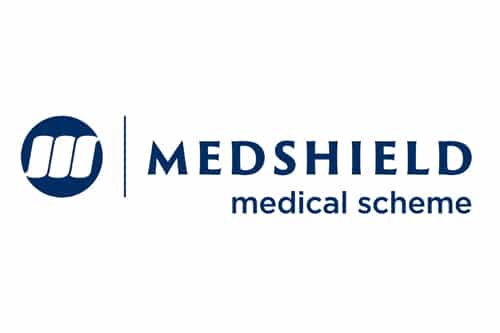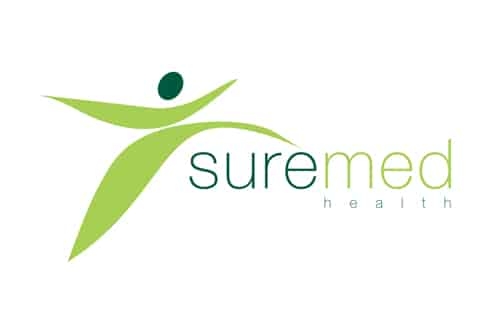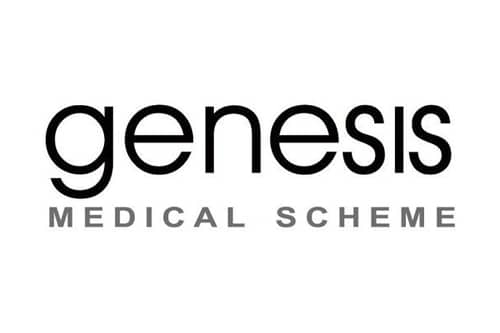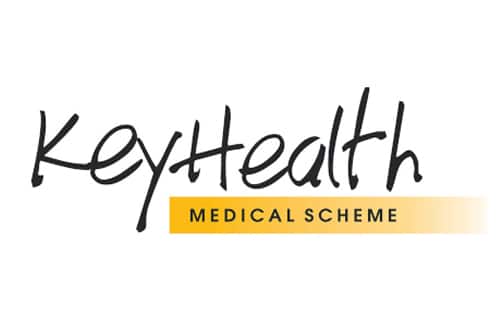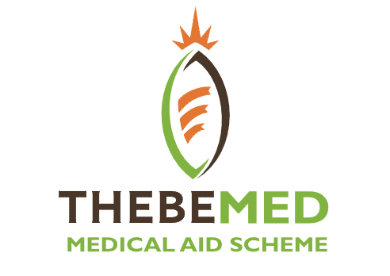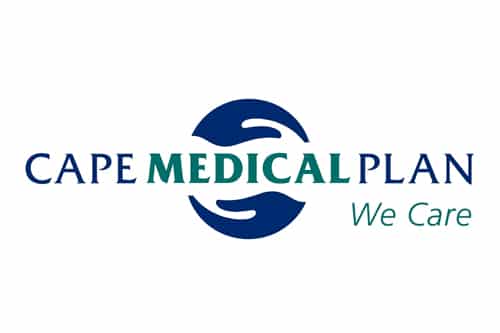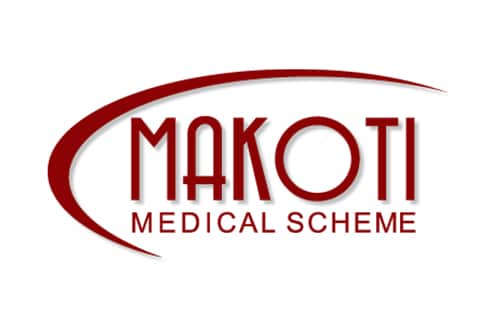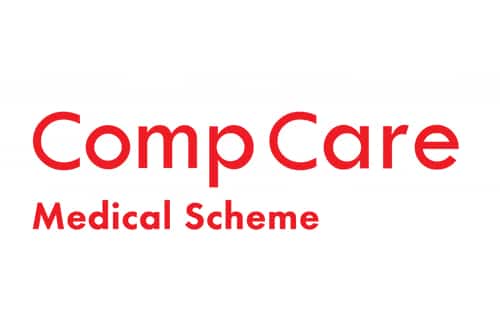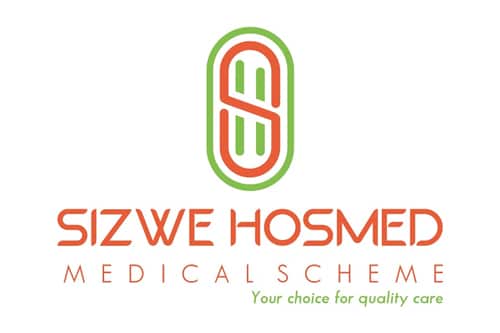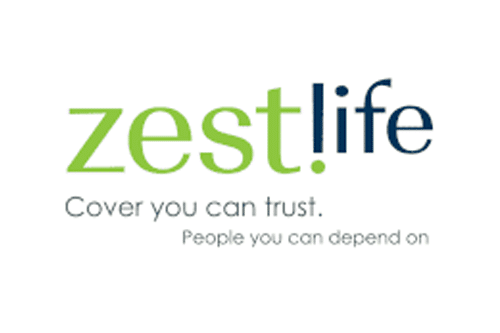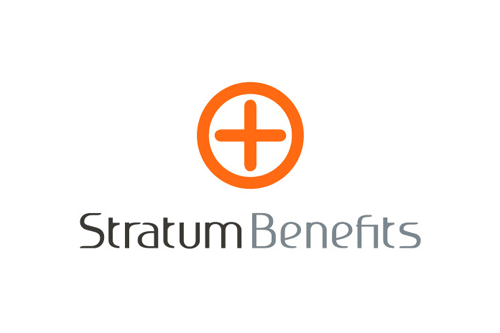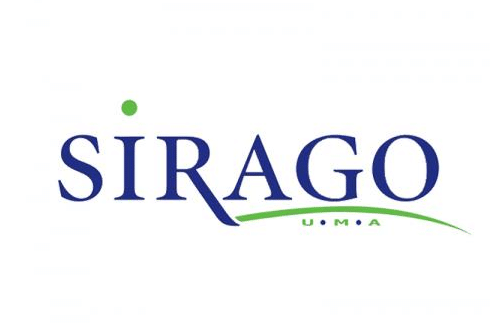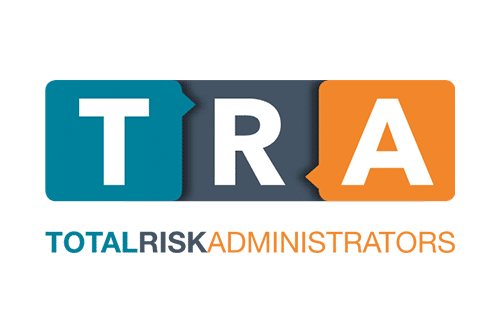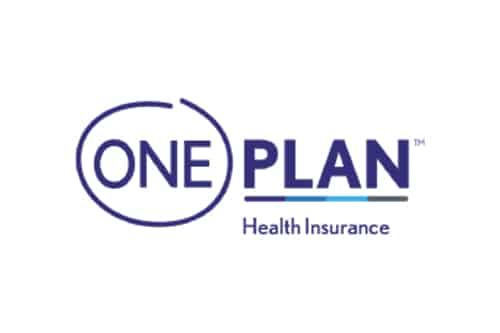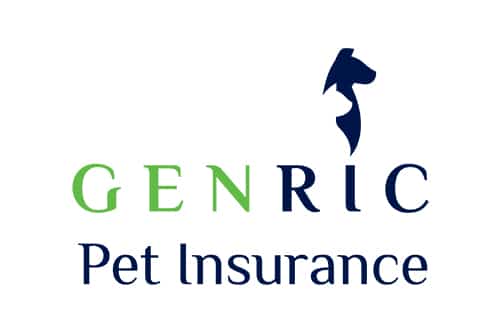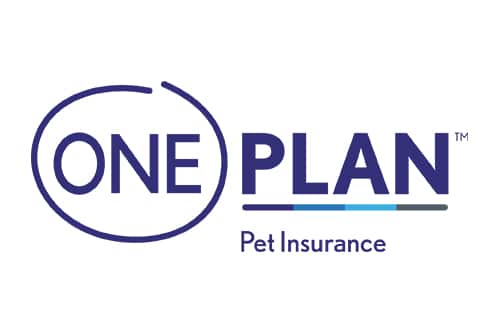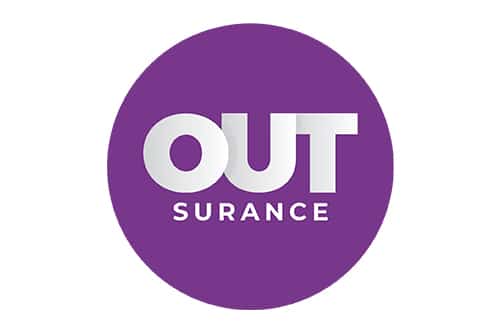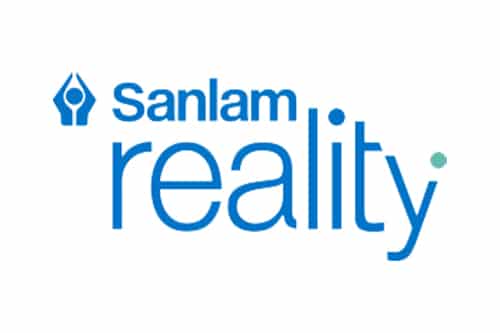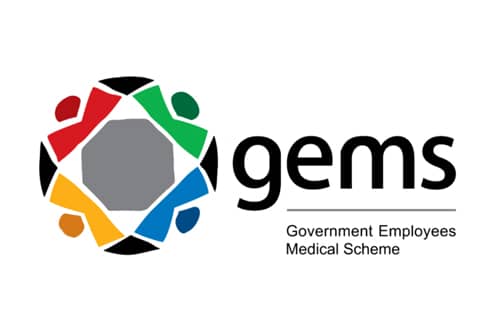
How to calculate Medical Aid Tax Credits
Medical Aid Credits is the popular term for Medical Scheme Fees Tax Credit, also called a “MTC”.
It is a rebate that is not refundable on its own but is used to lower a person’s normal tax bill.
Any part that is not allowed in the current year (usually the amount that is more than the normal tax due) cannot be carried over to the next year of assessment.
The MTC started for tax years that began after March 1, 2012.
To Whom Does Medical Aid Credits Apply?
The Medical Expenses Tax Credit applies to fees paid by a taxpayer to a registered medical scheme (or a similar fund outside of South Africa) for both the taxpayer and any dependents of the taxpayer, as defined in section 6B(1) of the Income Tax Act, 1962.
This MTC aims to help establish better equality in the treatment of medical expenses across all income brackets, as well as bring about greater justice in the treatment of medical costs.
The MTC is a monthly set amount and rises based on the number of people who are financially dependent on the member.
How does it work?
The MTC will, in a practical sense, have an influence on both the employer and the employee.
When determining the amount of employees’ taxes that need to be deducted or withheld from their compensation, the employer is obligated to take into account this credit.
Individuals who have not had their MTC taken into account by an employer (for example, an individual who is retired and receives a pension; or an individual who is self-employed) is able to claim the MTC on assessment by submitting an annual income tax return.
In addition to the MTC, a person may also be eligible to claim an Additional Medical Expenses Tax Credit for certain medical expenses that meet certain criteria.
For the tax year commencing on 1 March 2022, the monthly rebates for medical scheme contributions were: Taxpayer – ZAR 347, First dependant – ZAR 347, and every subsequent dependant – ZAR 234.
This medical tax credit is available in respect of medical scheme contributions for taxpayers younger than 65 and replaced the previously available deduction.
Tax rebates
A taxpayer is eligible for so-called tax rebates that are deducted from tax payable. Such rebates may establish tax thresholds below which no tax is payable.
For the 2024 tax year (i.e. the tax year starting on 1 March 2022 and ending on 28 February 2024), the following rebates apply:
Primary rebate: ZAR 16 425 for all natural persons.
Secondary rebate: ZAR 9 000 if the taxpayer is 65 years of age or over.
Tertiary rebate: ZAR 2 997 if the taxpayer is 75 years of age or over.
How to Calculate Additional Medical Tax Credit
Calculating the Additional Medical Tax Credit If You Are Under Age 65
If you want to know whether you are entitled to any tax relief for medical expenses that you were not able to claim from your medical scheme, you can do the following calculation:
- Calculate and add up how much you paid in medical scheme contributions for the relevant tax year.
- Calculate your medical fees tax credit for the tax year.
- Multiply the medical scheme fees tax credit by 4.
- Subtract this answer from the answer in the first step. (If your contributions are less than the medical scheme fees tax credit, use zero as your answer for this step.)
- Add up all your unrecouped expenses for the relevant tax year.
- Add the answers from the last two steps together.
- Multiply your annual taxable income by 7.5%.
- If the answer from step 6 is less than the answer in step 7, you can’t claim anything, but if the answer in 6 is more than the amount in step 7, subtract the answer in step 7 from that in step 6 and multiply this answer by 25%.
Calculating the Additional Medical Tax Credit If You Are Over Age 65
If you are over 65 and want to know whether you are entitled to tax relief for medical expenses that you were not able to claim from your medical scheme, you can calculate it as follows:
- Determine your annual medical scheme contributions
- Determine your medical fees tax credit for contributions paid. (Find the credits in Tax Tables)
- Multiply the year’s credits the by 3.
- Deduct the answer in step 3 from the answer in step 1.
- Add up your unrecouped medical expenses and add it to the answer in step 4.
- Multiply this answer by 33.3%
Discover the 5 Most affordable Medical Aids for SASSA Pensioners / People over 65 years old
How Do You Calculate Additional Tax Credit For a Disability?
A disability is a physical, sensory, communication, intellectual, or mental impairment that makes it hard for you to function or do daily tasks. This can be mild to severe.
If you are a taxpayer and you, your spouse, or your child have a permanent or temporary disability, you can submit expenses related to the disability for an additional medical tax credit.
If you take care of another dependent with a disability, like a parent or sibling, you can only send in their qualifying medical expenses if they are more than the thresholds (for under 65s or over 65s). You can’t, however, include any other expenses related to your disability, like taxpayers who have a disability themselves or whose spouse or child has a disability.
In order to claim expenses related to a disability, it must be expected to last for at least a year and must be confirmed by a medical practitioner.
On SARS’s website is a list of the types of expenses you can claim, including aids and devices such as hearing aids or a computer; orthopaedic or surgical equipment; wheelchairs and crutches; travel related expenses; remedial school fees; incontinence products; the cost of hiring a caregiver; the costs of modifying your car or home; and service animals.
The expense must be necessary for and linked to your disability.
As long as a doctor confirms that you, your spouse, or your child has a disability and you have proof of these costs, you can use the medical tax credit to pay for them.
When calculating the tax credit for a disability, you may also be eligible to claim more of your medical scheme contributions as an additional medical tax credit.
One-third (33,3%) of your unrecovered medical and disability costs will be added to your additional tax credit.
You can also get a tax break for one-third of your scheme contributions that are more than three times the normal tax credit for medical costs.
Put this information on your tax return, and the South African Revenue Service will figure out what you owe.
To calculate the additional medical tax credit you will be allowed if you, or a family member, are disabled, take the following steps:
- Determine what your annual contributions to your medical scheme was.
- Find your annual medical fees tax credit for contributions paid in the Tax Tables.
- Multiply the credits for the year by 3.
- Deduct the answer in step 3 from the answer in step 1.
- Calculate the sum of your unrecouped medical expenses and expenses related to your disability and add it to the answer in the previous step.
- Multiply the answer in step 5 by 33.3%.
FAQs
What Is “Deemed Medical Contributions”?
Medical contributions is the money paid by an employer to a registered medical scheme for the benefit of an employee, which will result in a taxable benefit to the employee.
Who Qualifies for Medical Tax Credit?
People that have relatively high medical expenses that were not paid by a medical scheme, or who are over the age of 65 or the person, a spouse (or life partner) or child suffer from a disability or a physical impairment, they may also qualify for an additional tax credit.
How Much Is the Medical Aid Tax Credit?
Medical Aid Tax Credits are dependent on a member’s age, and whether he or she, or a dependant, has a physical impairment or disability.
Why Was Medical Tax Deductions Changed to Medical Tax Credits?
Medical tax deductions was changed to medical tax credits because the latter is a fairer system.
No matter how much money a person makes, they all get the same tax benefit because tax credits are fixed and can be deducted from the normal tax due instead of just lowering the amount of taxable income.
With the old way of contributing to medical aid, the tax benefit went up as the taxpayer’s income went up.
How Does Medical Aid Tax Credit Work in South Africa?
If a person contributes to a registered medical aid scheme in South Africa, he or she is eligible for tax relief in the form of tax credits, which are deducted from the person’s annual personal tax liability.
Medical Aid tax Credit Explained (2024)
Overview
It’s not as complicated as it seems to claim medical expenditures from SARS, and doing so can get you some much-needed tax relief. The Medical Schemes Fees Tax Credit is a deduction from your taxable income that can be claimed by any taxpayer who pays into a medical scheme that is recognised by the government.
Read on to learn how the process works.
Understanding medical aid contributions
Taxpayers can reduce their monthly SARS tax bill by a set amount thanks to the Medical Schemes Fees Tax Credit.
For the 2022–2024 tax year, you, as the primary medical aid member, are eligible for an R620 medical tax credit, and your first dependant is also eligible for an R620 credit.
After that, each additional family member who is part of your medical aid plan will earn you an R224 monthly tax credit.
In order to claim these deductions on your taxes, you will need to get a tax certificate from your medical aid; this certificate will also be used to calculate any out-of-pocket expenses you had for medical care that your medical aid did not cover.
If your employer deducts money each month to cover your medical aid premiums, they may be able to take advantage of the Medical Schemes Fees Tax Credit to lower your taxable income.
Nevertheless, if you pay for medical aid out of your own pocket, you can get a refund of that tax when you submit your taxes. Please note that the tax credit is only available to taxpayers who are also members of a registered medical programme in South Africa for eligible dependents.
The following are eligible dependents:
· Family members who were alive at any time during the evaluation year (spouse, including same-sex partners, children, stepchildren, adoptive children)
· Someone who is financially dependent on you, such as a spouse, child, sibling, parent-in-law, grandmother,
etc.;
· and Anybody who is considered a dependant under your medical aid plan.
Understanding additional medical aid expenses
Extra medical costs include the following:
(a) excess medical assistance contributions
and
(b) qualifying medical expenses
These are deductible thanks to the Additional Medical Costs Tax Credit offered by the South African Revenue Service (Sars).
A formula is used to determine your extra medical aid contributions based on your age and whether or not you have a disability.
Credits for medical expenses paid out of pocket that were not covered by medical aid can be applied alongside credits for excess medical aid contributions.
You will see these sums on your tax certificate if you submitted them to your medical aid but the fund did not cover them. You should keep track of these expenses for tax purposes even if you did not report them to your medical aid scheme.
When filing electronically, it is generally more convenient to report all of your medical expenses to your medical aid provider, even if your benefits have already been used up.
As a result, your medical aid tax certificate will accurately show all of your out-of-pocket costs. Remember that not all of your medical aid premiums or deductibles will be tax deductible. Specifically, non-prescription medications sold over the counter do not meet this criteria.
Only the following out-of-pocket expenses are covered under SARS guidelines:
· Medical doctors, chiropractors, physiotherapists, herbalists, homoeopaths, optometrists, osteopaths, and naturopaths can be consulted for a variety of health issues and provide appropriate treatment plans and medications.
· Home health care is provided by a nurse, nurse practitioner, certified nurse midwife, or certified nurse’s aide in the patient’s own residence.
· Medications that have been prescribed by a licenced doctor and dispensed by a licenced pharmacy.
· Inpatient or long-term care facility admission.
· All of the above-mentioned medically-related costs or services incurred when travelling abroad.
· Compensation monetary paid for medical care of a physical handicap
READ more: Look at the role of Council for Medical Schemes (CMS) in South Africa
Qualifying disability expenditure
Further medical tax credits beyond those already mentioned above were made accessible by SARS in March 2020. These expenses are for those with physical impairments or disabilities.
The Income Tax Act defines a disability as “a moderate to severe limitation of a person’s ability to function or
perform daily activities due to a physical, sensory, communication, intellectual or mental impairment if the limitation has lasted or has a prognosis of lasting more than a year and is diagnosed by a duly registered
medical practitioner.”
Expenses such as those associated with a personal care attendant (such as private nursing or home care), transportation, insurance, upkeep and repairs, supplies, prosthetics and devices, continence products, service animals, and modifications to the home or vehicle are all eligible for reimbursement under the Americans with Disabilities Act.
The taxpayer must make sure their doctor fills out an ITR-DD form in order to receive reimbursement for these costs.
It’s important to keep in mind that an item won’t be considered a qualifying expense unless it can be demonstrated to be necessary due to the person’s inability to do routine tasks. When submitting a
tax deduction for these costs, taxpayers will need to submit the following details:
1.
The specifics of the disability, including its cause;
2.
Documentation proving that the expense was a direct result of the impairment and was necessary;
3.
Payment receipts for medical care, including doctor visits and prescription medications, and a completed
ITR-DD Confirmation of Diagnose Disability form.
How to do the maths
Below we outline how you can make the calculations necessary to determine what you qualify for under the Medical Aid Tax Credit.
Calculation for those under 65 who are not disabled
Extra credits for those in this category are determined by taking their total medical aid payments, minus four times their medical scheme fees credit, plus their out-of-pocket medical expenses. Then double the result by 25% after deducting 7.5% from your taxable income.
Calculation for those under 65 with a disability
Credits for disabled individuals under 65 are determined by adding the amount by which total medical scheme contributions exceed 3 times the medical scheme fee credits plus 33.3% of all qualified
medical expenses paid by the individual.
Calculation for those over 65 (with or without a
disability)
If you’re over the age of 65 and either disabled or not, your extra credits will be determined in the same way as described above: 33.3% of your eligible medical expenses plus the amount by which your medical scheme payments exceed 3 times your medical scheme fee credits.
You might like 5 Best Hospital Plans for Pensioners / over 65 and Receivers of SASSA in South Africa
Frequently Asked Questions
How do medical aid tax credits work?
Historically, money put towards medical aid could be deducted from your taxable income. Now, a medical tax credit is a reduction in your tax burden for qualifying medical expenses.
Who qualifies for medical aid tax credit?
There is a threshold that must be exceeded between your total medical expenses and your total contributions in order to be eligible for the additional medical tax credit. If you’re under 65 years old,
that number drops to 7.5% of your salary.
How much can you claim back from SARS for medical aid?
For the 2022–2024 tax year, you, as the primary medical aid member, are eligible for an R620 medical tax credit, and your first dependant is also eligible for an R620 credit.
What proof do I need for medical aid tax credits?
It is advisable to keep a record of all the expenses incurred during the year, such as medical aid premium receipts, medical bills, medical expenses, test reports, etc.
How can I prove my medical deductions without receipts?
Cancelled checks, credit card statements, written records you make, calendar entries, and photographs are all acceptable alternatives to original receipts if you happen to lose yours. Identifying the transaction for the item you wish to deduct from your taxes requires a look back through your bank statements.

